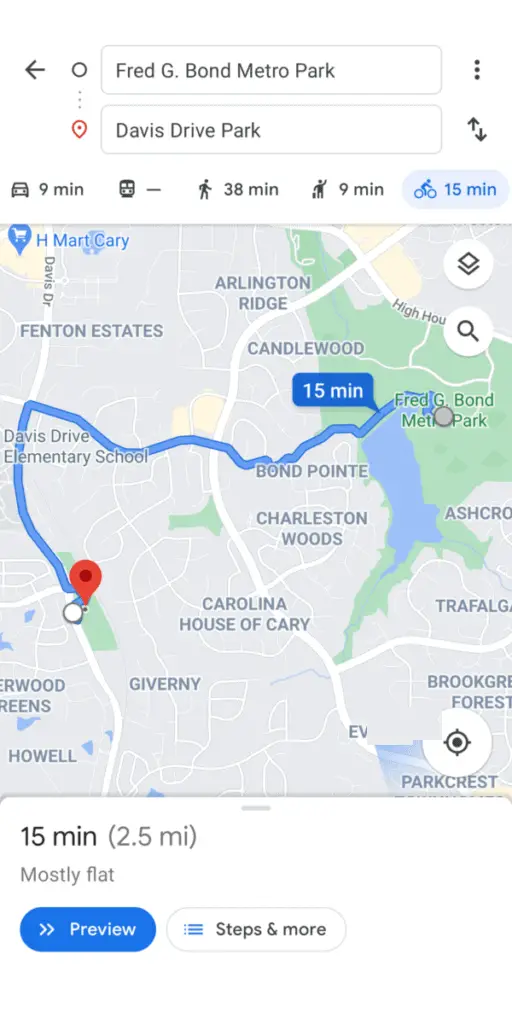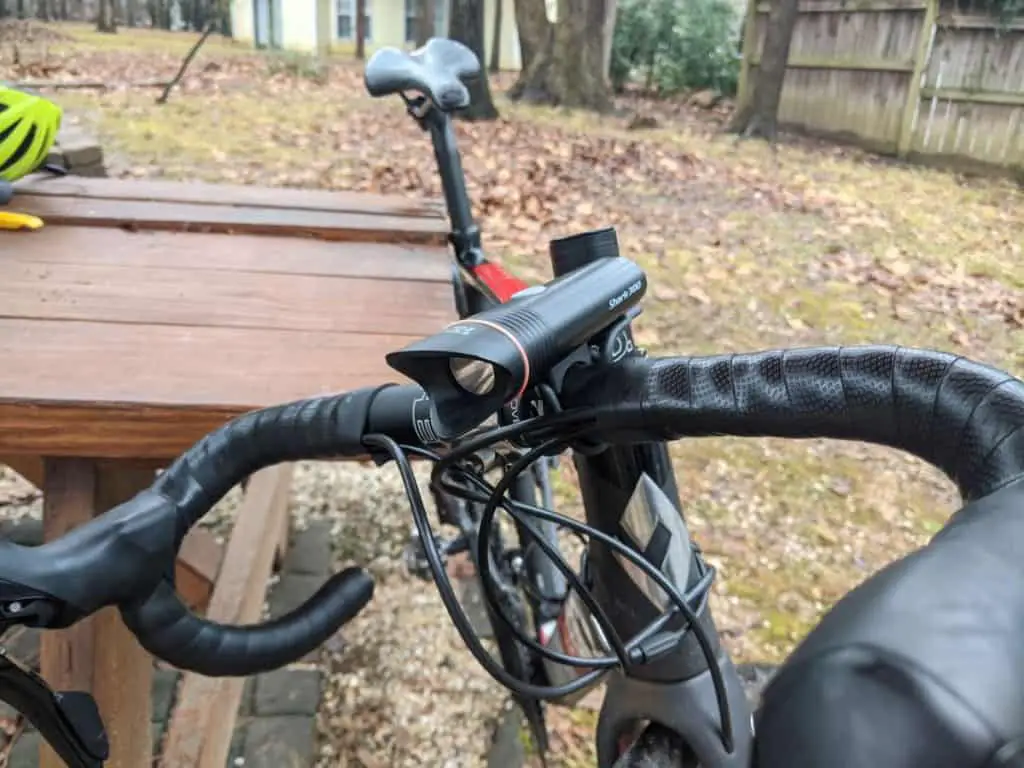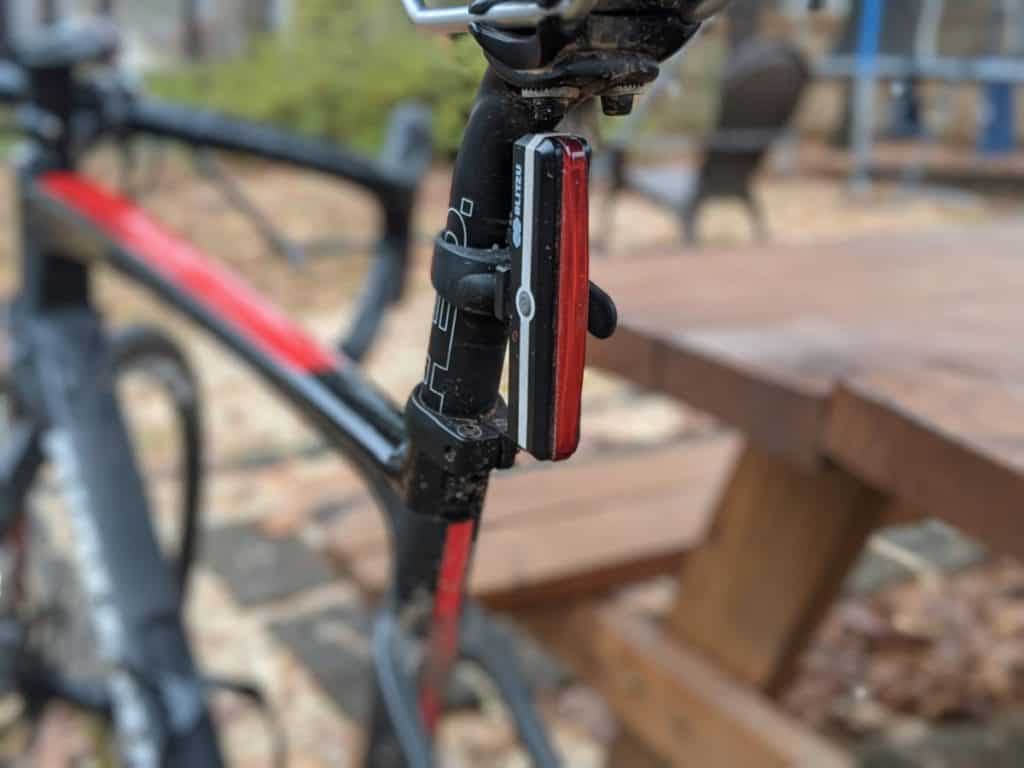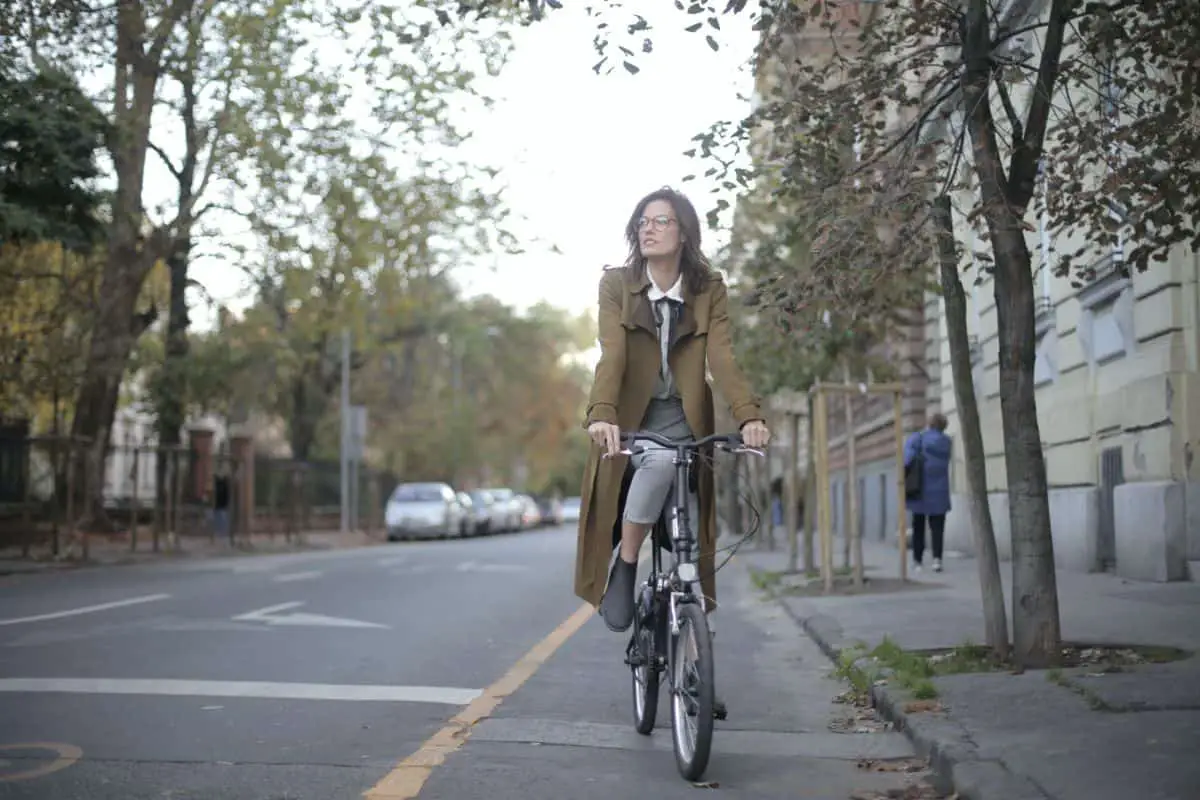Is it possible to bike safely in New York City? —Yes! In fact, 48,800 people are riding bikes every day in NYC according to the Department of Transportation.
But how can you make sure you never have an accident or get a ticket?
I rode a bike to my job in Manhattan for years and never once had a crash or ticket. Not only that, I found that biking was healthier, cheaper, faster, and more enjoyable than taking the taxi, subway, or bus around the City.
No matter where you’re riding in NYC, this article covers everything you need to know about biking safely in the City.
Benefits of biking in NYC include:
- It’s free (plus you’ll save money on transportation)
- It’s extremely healthy and gives you more energy
- It can be much faster than taking public transportation
How to bike safely in NYC
The best way to bike safely in NYC is to follow the rules of the road, use flashing front and rear lights, and avoid riding at night. Visibility is the most important factor of biking safely in NYC, so it is best to assume that people do not see you.
Here are the top 4 pro tips to biking safely and enjoyably in NYC without ever crashing.
1. Never assume people see you
Just because you have the right of way at an intersection and have flashing lights, it doesn’t mean drivers can see you. In fact, they probably can’t see you because they are simply not looking for you. Meaning, drivers generally have what is called “tunnel vision”, which means they cannot see what they are not looking for. Since they are just looking out for other cars (not cyclists), they generally don’t see cyclists.
This is precisely why it’s so important that you assume no one sees you. Better yet, just pretend that you are completely invisible. I know, we don’t want to live in a world where cyclists are invisible to drivers, but the reality is that being invisible will keep you SAFE.
After years of biking from New Jersey to NYC every single day, I never once had a crash or even came close to it. How? By simply pretending no one saw me. If a car is pulling out of a driveway or going a little too fast through a stop sign, I just stop and let them go.
In this video, I outline some not-so-obvious tips that will keep you even safer on your bike commute.
2. Use Google Maps to find the safest route

Always use Google Maps to map out your ride before you head out. Google Maps even has a handy biking option that will recommend the safest route using the least trafficked roads. This is the perfect way to find the local roads that will keep you feeling safe.
When you first start biking to your frequent destinations, make sure you take every possible route to your destination to decide which one you prefer. Sometimes the fastest route is not always the safest route. I always prefer to take the safer route, even if it means adding 5 minutes to my commute. More exercise for me!
3. Use flashing front and rear lights
Flashing lights are a MUST when riding in NYC around cars and other pedestrians, especially at night! With the sun going down in the evening, you need to make sure you’re seen at all times.
Even when riding during the day, it’s important to have flashing lights at the front and back of your bike to make sure that cars and other cyclists see you. This is especially important if you are riding in a city with lots of cars and pedestrians.
NYC law also mandates that lights be used at nighttime. I’ll cover more NYC biking laws below.
I also wrote a full article on bike commuting at night, which you can check out here.
Front light
A good front light has different options to either flash or stay on. When riding in the day or early evening, use the flashing function. When it’s completely dark, just keep the light on without flashing.

You will also want to make sure that your front light can be charged by USB, rather than powered by disposable batteries. You should be charging your lights at the end of every day, so a USB charger is the way to go.
I have been using this front light from Cycle Torch for many years without any issues. It’s super bright and has multiple flash frequency settings.
Rear light
The rear light should also have different flash options. You will definitely want to keep your rear lights on all the time in the winter, night or day. A good rear light will be powered by a USB-chargeable battery, rather than disposable batteries.

This rear light by Blitzu has never let me down through dark winters and freezing rain. It has different flash options, such as a rapid flash or a steady flash. It is also rather bright. Not dim at all for more than four years of constant use.
4. Bike home before dark
When the winter months come around, the days get shorter and biking home at night becomes more dangerous. Biking at night adds another layer of potential dangers, such as being less visible and having less visibility. Even with bright lights, it’s still better to come home before it gets dark.
If your job allows for you to leave home a little earlier, then I recommend taking advantage of that option. An added bonus is that you won’t have to ride with so much rush hour traffic!
Negotiate to finish work early
If you can’t leave your job early, then try to negotiate with your supervisor. You can offer to come to work one hour earlier in order to leave one hour earlier. I made this exact negotiation with my boss and I was surprised at how receptive she was to the idea. I explained to her that biking in the dark is much more dangerous and she totally was understanding. People develop an interesting sympathy for you when you start biking to work!
Bicycle laws in NYC that you should know
Biking in NYC is actually much safer and easier than you would think because of the many laws and regulations. The image most people have is of zooming mopeds and bumper-to-bumper traffic at all times. In actuality, NYC has bike lanes and greenways that connect the entire city.
The actual experience of biking in NYC looks more like this (this is actual footage of my commute from New Jersey to NYC):
What are the New York bicycle laws?
Every cyclist must obey all New York state and local automobile driving laws. Cyclists in New York have the same responsibilities and privileges that drivers do.
Cyclists must also stop at red lights and stop signs. In fact, many NYC cyclists have received tickets for running through stoplights. Since cyclists are more common in NYC, police are on the lookout for cyclists who are skipping stoplights and not following the rules of the road.
Since there are as many as 48,800 daily bike commuters in NYC, the New York Department of Transportation has outlined several important laws and regulations that are important to know about.
1. If there is a bike lane, you must use it
If there is a bike lane, NYC law states that it must be used. If there is no bike lane, then cyclists must share the lane with cars. There have been many reports of cyclists getting fined for riding on roads with designated bike lanes.
It is illegal for cyclists to ride on the sidewalk due to the high foot traffic at any given time.
In other words, cyclists in NYC can only ride in designated bike lanes. If there are no bike lanes, then cyclists must share the lane with cars.
2. Are bicycle helmets required in New York?
All cyclists under the age of 13 must wear a helmet in the state of New York, according to the Department of Transportation.
3. Are lights required on bikes in New York?
A front white light and a rear red light are required at nighttime according to the New York Department of Transportation. Not only are lights required at night, but it can be extremely dangerous to not ride with lights at night. Lights help you be seen by drivers and other pedestrians, as well as help you see better in the dark. Refer to the above-recommended lights for your bike.
4. Are e-bikes (electric bikes) legal in NYC?
Pedal-assisted e-bikes are okay in NYC, but throttle-controlled e-bikes are banned. After years of debate, NYC finally settled on a regulation regarding e-bikes. Some types of e-bikes are legal and some types are banned, depending on if you are using a pedal-assisted e-bike or a throttle-controlled bike.
5. Is it legal to wear earphones while biking in New York?
NYC law states that it is legal to bike with one earbud in. However, riding with two earbuds in is illegal and also dangerous. With so many cars around night and day, it is dangerous to have your hearing fully obstructed by any audio. Therefore, just play it safe with one earbud and you’ll be just fine.
How to bike in the Winter in NYC
I somehow managed to bike every day through two brutally cold winters in NYC. There are a few untold truths about biking in the winter in NYC that only experienced NYC commuters could tell you.
Here are some important winter biking tips in NYC:
1. Bridges sometimes freeze over
You can expect that there will be some frozen patches on the major bridges (such as the George Washington Bridge) during the winter months. If the bridge is too frozen over, the GWB authorities will send out a notice via their Twitter account (@PANYNJ_GWB).
Even if they do not close the bridge due to ice, always be cautious of slippery patches of ice on the bridge. In addition, you can expect there to be stronger winds on the bridge during the winter.
2. The Hudson River Greenway is extra windy in the winter
Since the Greenway is by the river, it’s always pretty windy down there. But in the winter, the wind does become stronger because of the cloudy and unpredictable weather. So just be prepared for a brutal headwind or a pleasant tailwind.
3. There are very few people bike commuting in the winter in NYC
The really good news about biking in the winter in NYC is that there are VERY few people doing it! The Hudson River Greenway is almost completely empty during the colder days of the year, so you can just blaze through the Greenway on your way to work.
But as soon as Spring comes around, the cyclists and pedestrians are back in action.
4. You might have to wear your winter gear until April
Winters in NYC can be long and brutal, so be prepared to wear your full winter gear well into April. During the winter of 2018, I wore all my winter gear from November all the way until May. That’s 6 whole months!
Also, be sure to read the article on getting the right winter gear for your bike commute, which you can find here.
Biking in NYC changes everything
Once you discover the joys, savings, and health benefits of biking around NYC, you’ll never go back to the dreadful public transportation options. After years of biking daily from my house in New Jersey to my job in NYC, I have never once regretted taking the bike, even riding through the below-freezing winters.
Be sure to also read my FULL how-to guide on winter riding, including all the gear you’ll need. Check it out here!
My Recommended Gear for Year-Round Cycling on a Budget
It took me years of trial and error to figure out the best and most affordable setup for my daily bike commuting. I would only recommend the gear that is good quality for a good price. Here’s my full year-round gear recommendation guide.
Want to know how much your cycling gear should cost? Check out my guide with different budget options here.
Ride on!

